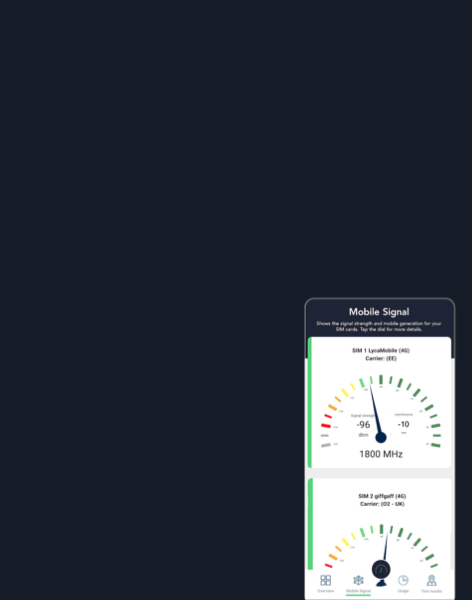Weekly Wrap: European mobile operators ask for more regulation for D2D
A month ago, the European Commission opened a call for evidence on its Digital Networks Act. I've been going through over 300 responses to find any insights into what stakeholders really think about the proposal.
Ploughing through the responses this week, it quickly became apparent that stakeholders broadly welcome efforts to enhance connectivity and foster digital transformation. However, there is significant divergence in views regarding the problems identified and the solutions proposed.
A significant divide exists concerning the fair share debate. Telecoms firms want content and application providers (CAPs) to pay for network usage and CAPs such as Google, joined by regulators and civil society groups, strongly oppose such “network fees”, arguing they are unjustified and would harm the “open internet”.
Secondly, while many large operators seek broader deregulation, pan-EU harmonisation, and longer, perpetual spectrum licences to encourage investment, small operators, MVNOs and regulators largely advocate for preserving the existing pro-competitive access regulation and national regulatory flexibility to safeguard competition and consumer choice.
Another aspect that becomes clear from the large number of public responses is the view of mobile operators on regulating satellite direct-to-device (D2D) services. Although every response shows a certain optimism about D2D services entering the European market, they all argue for fair regulation.
MVNO Europe, for example, emphasises that it is “essential to ensure that all satellite spectrum licences contain explicit provisions requiring fit-for-purpose wholesale access on a non-discriminatory basis”. This position is driven by concerns that the D2D satellite industry might become highly concentrated and could potentially exclude MVNOs from D2D coverage.
Connect Europe, Nokia and Telefónica share very similar views on D2D. They emphasise that “to ensure that the interests of European society and fair competition are protected, it is equally crucial that all providers, including those from third countries, comply with EU regulatory frameworks, especially with regard to security in electronic communications and ensure protection of terrestrial mobile frequencies and quality of service”.
Telenor states that “operators of satellite and D2D services must comply with a consistent set of obligations comparable to those applied to terrestrial mobile networks”. This includes alignment on “privacy, lawful intercept, national security, and other relevant regulations”.
Even Vodafone, currently marketing its partnership with AST SpaceMobile for D2D mobile broadband, points out that “IMTInternational Mobile Telecommunications (I… spectrum should only be allocated to telecommunications providers”. Vodafone indicates that if “spectrum sharing with satellite providers is considered, it should be governed by commercial agreements”. Additionally, Vodafone states that “it is imperative that satellite services are subject to the same regulatory obligations, especially around interference limits, security, and lawful intercept, as terrestrial networks”.
Asking for more regulation while teaming up with D2D providers seems quite a contradiction. D2D services have brought the mobile industry and the satellite industry closer than ever before, but reading between the lines of these responses, there’s a strong sense of protectiveness from the mobile industry. Keep an eye out for my full analysis of the responses next week!
Here’s what PolicyTracker covered this week:
- Exclusive: Vodafone says it is interested in buying satellite spectrum licences in the 2GHz MSSMobile-satellite service (MSS) describes a… band
- The RSPG’s draft report on the future of the UHF band is a balanced effort, according to stakeholders
- There’s a fight brewing over EPFD levels at the ITU between LEONGSO, or non-geostationary satellite orbit… and GSOObjects in the GSO, or Geosynchronous Orbi… constellation operators
- We’ve looked into Europe’s use of the L-band and asked Deutsche Telekom and the German regulator if it’s being used to its full capacity
- Recent reports from the ITUThe International Telecommunication U… and the GSMA highlight the progress made towards net zero by telecoms firms and the challenges that remain
Want access to these articles? Get a free trial or check out our subscription options.
